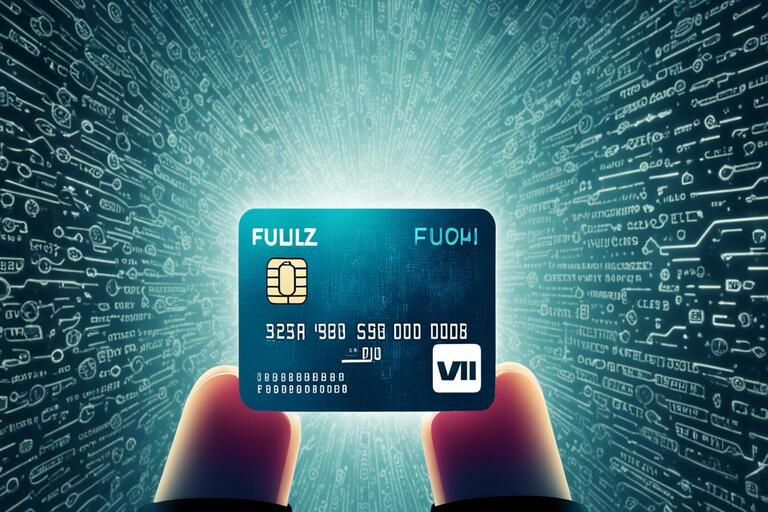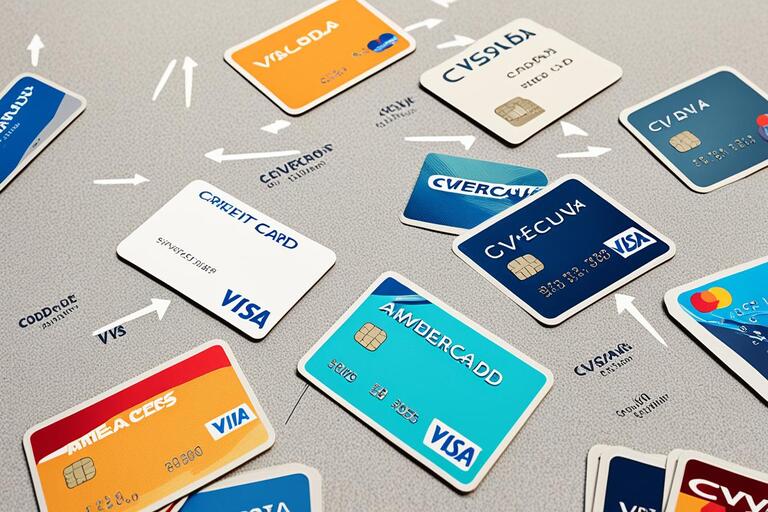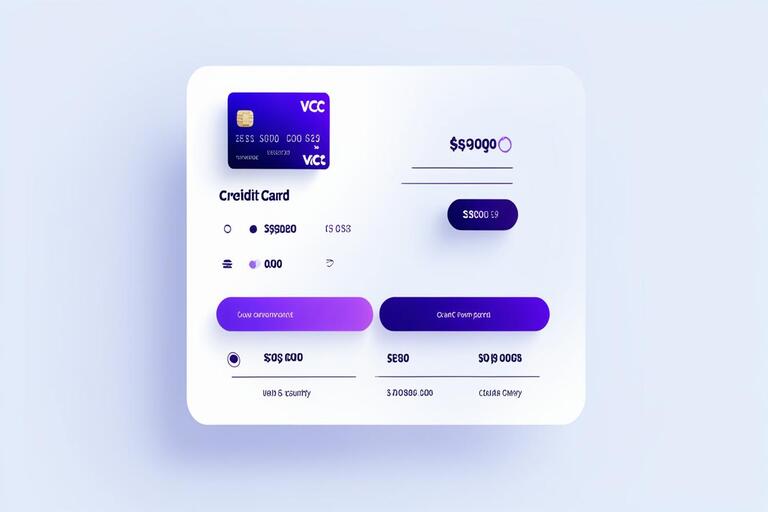
The Insider's Guide to Secure Purchases with CC Fullz
Cybercrime is often a threat that many people associate with Fe shop cc online shopping. However, you can buy safer if properly informed. Protect your money from danger. "Fullz": A Guide to Fe cc shop the Underworld this is what they called a fullz, all of the personal info about an individual that fraudsters discuss. Even you will be aided by this to know more about their techniques. You'll also learn how to protect your data and transactions.
Key Takeaways
- A Fullz includes valuable personal information. This might consist of everything from your full name, address and Social Security number to much more.
- These fullz can be sourced by the fraudsters from places like Fe shop ru insurance companies, banks etc. Subsequently, they utilize this data for extortion and to remove cash.
- The use of your fullz in the hands of a thief would truly give downer effect since they will be using that identity to gravely affect and damage you finances. Your credit score could take a heavy blow
- Company’s data breaches featuring fullz are not good news for companies either. It can destroy their name and make them lose so much of…
- Fe shop cc strong security measures help to avoid all of these problems. So they can secure their customer and also themselves.
What is Fullz?
Here is an extensive one word in financial fraud, "fullz". It’s a box of an individual's crucial personal and financial details. They enter their real name, street address and so forth. These fullz packages are extremely useful for the cybercriminals. They purchase and sell them on the dark web, they trade with these.
Back To Basics: What Are Fullz?
Fraudsters treasure "fullz". Enable them to commit numerous financial crimes some are opening up credit accounts in someone else's name for instance. A fullz Fe shop cc package typically contains valuable pieces of identification information. So this is an excellent ground for identity theft.
What exactly is a fullz package comprised of?
- Full legal name
- Date of birth
- Social Security number
- Residential address
- Phone number
- Email address
- Social Security number Bank account details (account number, routing numbers or online banking credentials)
- Card details (anonynmized card number and expiry date, CVV)
- Drivers license / state ID
- Medical records/proof of insurance
A fullz can cause a lot of problems for fraudster. They may be able to use your name or create accounts in it and make purchases. It is a great threat to both, human beings and businesses. We all have to defend and be alert.
The online world is constantly changing. Fullz demand is increasing. And criminals just love to scam it up for all that its worth! Being aware of what fullz are listings can help prevent identity theft and avoid fraud.
Explanation: Fe shop cc for carding use of CCs without authorization
Carding is the underworld in financial fraud we must enter into. It involves illegal trading and credit card trafficking. The schemes scammers use to harvest credit card information, which they sell for up to $20 each on the black market. They disguise where this money comes from, usually in sneaky ways.
Acquisition Methods
- How fraudsters steal credit card details some ways they do this are:
- Stealing card data using skimming devices on ATMs or PoS terminals
- Accessing websites to collect customer information
- Social lies and phishing pinching our personal finance data
They go on to sell this information in the dark web forums etc. Buyers can even pick-and-choose by location to not get arrested.
Fe shop Resale of Stolen Data
All this aside, scammers are raking in money by selling your credit card info. What they are really doing is selling "fullz," your entire identity. From the Identity of them, to their name address or SS (Social Security) these high-value bundles are well suited to the purpose of theft and other crimes.
A number from Fe shop ru a credit card along with its security code costs $5-$8 in the U.S.A “fullz” with more information might cost $30-$45 in the European Union.
The Carding Ecosystem
This Fe cc shop carding game has many participants in that ecosystem. Other people use your credit card information without permission. This method involves getting card data of cards stolen and hiding their profits.
Cash Out Techniques
Carding World needs "Runners". Turn the stolen card info in to money. They swipe at ATM or Shops using fake card. They additionally exercise unique strategies at the pc to keep away from getting stuck.
"Shoppers," or "mules. Droppers (to get/send the stuff). Each of these roles in conjunction work to convert the soon-to-be-missing-money into 'cash' without raising red flags.
Money Laundering Methods
For hiding the money, carders use such online service as E-gold and Web Money. They also use Bitcoin. The cocaine dealers have gotten smart and used these methods making it more difficult for the police to shut them down.
The practice of using Fe shop cc these services demonstrates just how intertwined and secretive the world of illegal stolen credit cards is. The police cannot prevent them laundering the stolen money.
Moreover, the carding system relies on hiding services in order to circulate and obfuscate contentious fiat transactions. That illustrates in part, anyway just how hard it is for cops to do effective police work fighting this kind of crime. The sophistication and ingenuity behind this crime demonstrates how clever, methodical and innovative criminals can be with services like bitcoin.
The Carding World services are redesigned
Carding refers to the use Fe shop cc of credit cards unlawfully. It has spawned an immense computer crime service industry. A market that sells more than just stolen card information. Examples are phishing kits, malware, spam lists and gift card fraud.
At left, the kind of phishing kit that gets peddled in this world. They include kits to run phony email and website scams. They have all the necessary processes to fool anyone and sell their data. Malware trade) are famous, too Virus- This is illegal software which can be used to attack and steal sensitive data from your system.
It also suggests purchasing from Fe shop cc lists in the world of carding as well. They have plenty of email addresses and phone numbers. Fraudsters use the lists to conduct large-scale phishing scams and illegal activities (such as gift card fraud).
Another common scam is gift card fraud. This means using Fe shop cc stolen credit card information to purchase gift cards, and then resell them. Prepaid card tax refund fraud (using identities harvested from stolen data) is also on the rise. Not only that, but it's a much faster way for criminals to receive money from their illegal deeds.




